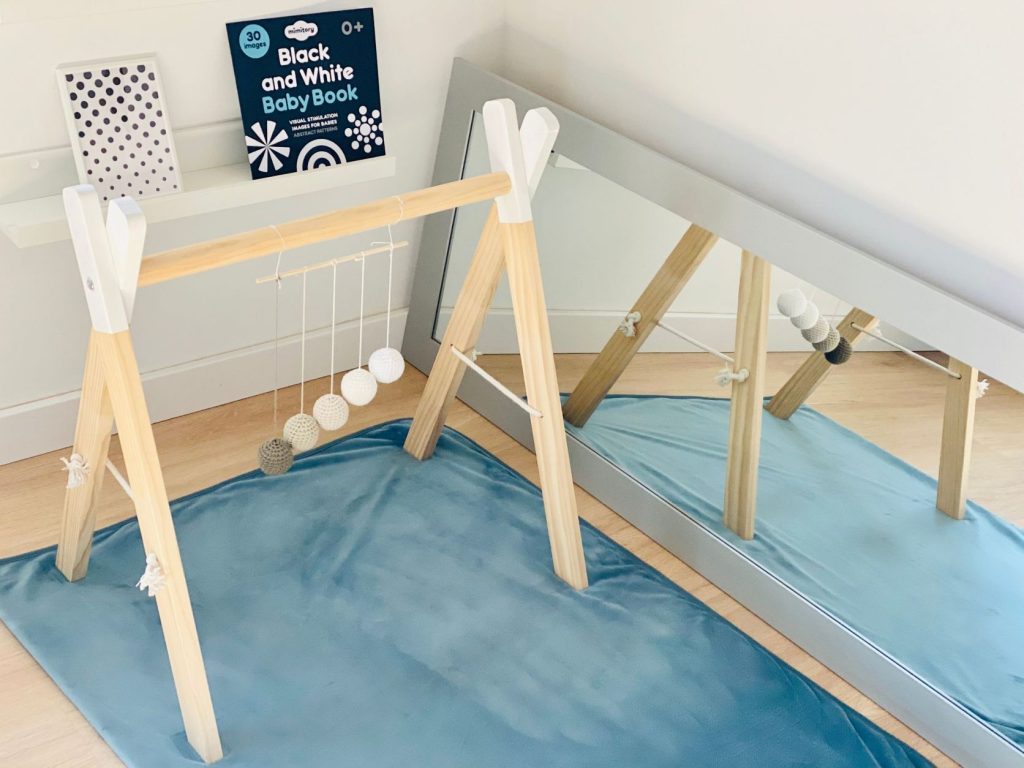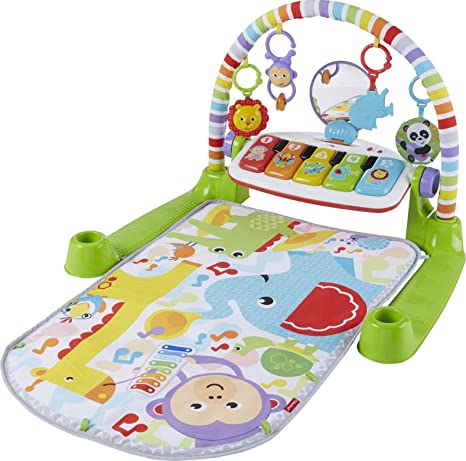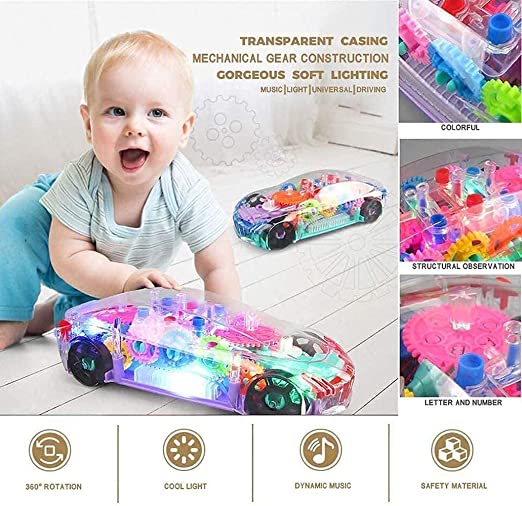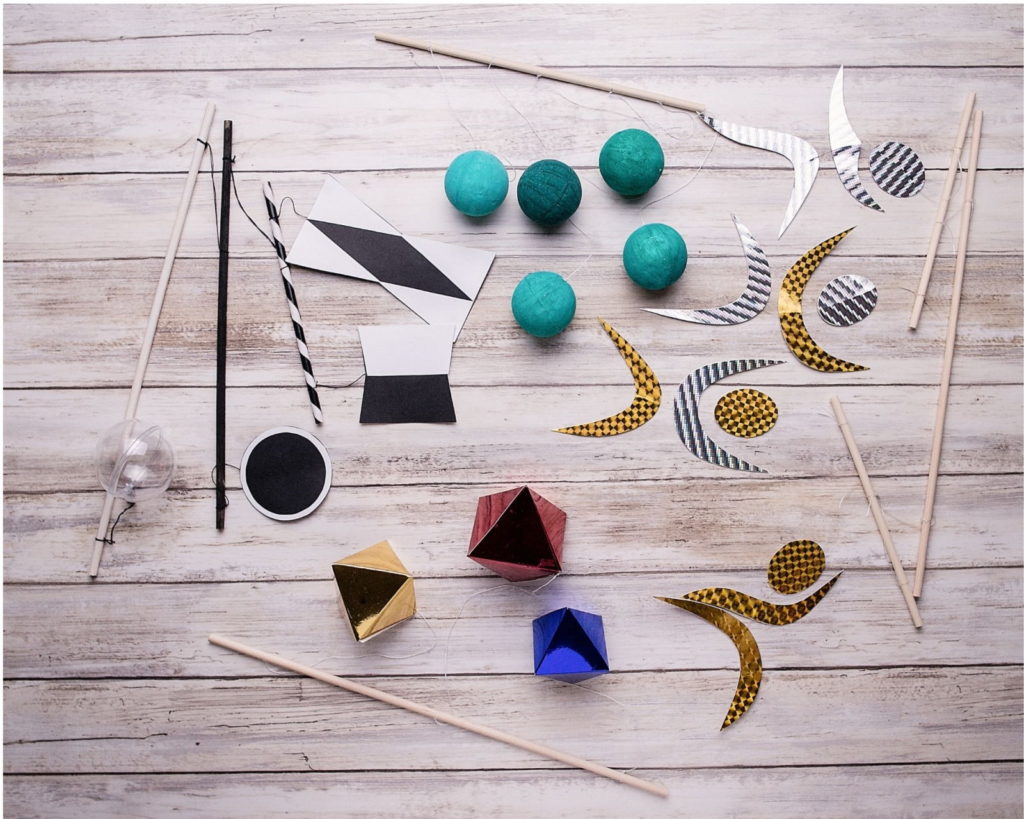Recently, I was talking to a lovely lady about what my business is about. She looked through my DIY Montessori baby materials, looked at me and asked, “so what makes Montessori materials different to all those educational, high-tech, sensory baby toys out there on the market?”. I asked back, “How long do you have?”. Yes, the difference is THAT big! From the material they are made of, through the amount and quality of sensory input they give to your tiny little baby, to offering age and skill appropriate activities, there is a massive difference in every aspect. And this is just the tip of the iceberg! Let’s roll up our imaginary shirtsleeves and dive into the subject of why Montessori materials are WAY better to a newborn compared to high-tech sensory toys.
WHO SHOULD YOU TRUST WHEN BUYING BABY TOYS?
When an unsuspecting pregnant couple walks into a toyshop looking for a toy for their unborn child, they are bombarded with an amazing variety of products! It’s hard to know which ones are actually good for their little one. They all claim to be ‘educational’ and that they ‘support learning and development’ but according to who?
Do you remember Baby Einstein? It was a big fad a few years back. I never watched any of it but if it’s something that makes a very young child sit in front of the television then it’s a HUGE no! Young children do NOT need screen time, AT ALL.
But then how would we know what they need? In my opinion, the best way is always to look at science and research. Even though Maria Montessori‘s theories are over a hundred years old, her ideas are very much modern and were thoroughly tested by scientific research. The results you get from these are as reliable as they can get and give you the information what you need. You don’t want to peruse hundreds of scientific research papers? Fear not, I’ll tell you the most important findings.
Environment
Try to imagine yourself as a newborn baby. (I know, I know, it’s a bit of a stretch, but humour me for a second.) You were born a couple of days ago, everything is new around you. What kind of environment would you like to be in?
What these tiny babies need at this point is a calm, quiet environment that has muted colours such as pastel and natural tones. Their skin is hypersensitive at this stage so everything that touches them should be soft and gentle, giving them the sense of being protected, being cared for, being loved. Read more about how to set up a Montessori baby space in this blog.

And now imagine how a noisy, flashing baby toy would break all that tranquillity apart in a few seconds!

Stimulation
How much stimulation do you think a young baby needs? They are SO small, their senses are just getting used to the world around them and are working in overdrive to gather as much information about the environment as they possibly can. It is so easy to overstimulate them at this stage!
For a newborn, it’s enough if you just go for a short walk outside around the block. That’s all they need at this point.
For a few months old baby this will mean playing with their Montessori Tactile mobiles. All by themselves, independently, under their own terms. They can learn a HUGE amount from this experience which will have a profound effect on their future learning.

Now, let’s have a look at this toy. I let you draw your own conclusions.

Training the senses
The design of all Montessori baby materials has one purpose, to help the development of one single sense. We called it ‘the isolation of senses’. Why is it important? This allows your baby to focus all their attention to that one single sense, making its stimulation more effective. This way your little one won’t be overstimulated by sensory information attacking all their senses at the same time.
If one sense is isolated, it seems to be enhanced in its power of perception. The possibility of perception is more profound. It is the concentration of the conscious mind upon that sense.
Maria Montessori, The 1946 London Lectures, p. 80
Material
Apart from being simple, Montessori baby materials are made from natural materials. This really appeals to babies’ senses as they are beautiful and give a varied sensory experience.
To demonstrate this, let’s pretend that you’re a 6 months old baby who is ready to grab everything that they can get their hands on. Imagine touching a wooden crocheted teething ring, like the one in the photo below. Imagine looking at it, seeing the natural, raw wooden colour of the ring. Now imagine touching the wood, feeling its smoothness, how hard it is, how round it is. Maybe you even want to taste it!
Then you touch the crocheted side which is the opposite of the wood! Softer, bumpier, more colourful… it blows the mind, how much sensory experiences such a simple thing can offer, right?

Now, imagine touching different plastic toys. They… feel exactly the same. Like plastic.
Age and skill-appropriate learning
Montessori baby materials adapt to your baby’s development every step of the way, making sure that not a single phase is left out. They come in a determined sequence and if you follow those, you can rest assured that you don’t have to worry about anything in this area.

If you look at the photo of that high-tech sensory toy car, what do you think that baby on the photo can do with it? He cannot control it, he cannot even turn it on by himself! Not to mention, does a 3-month-old baby really have to know letters and numbers??
A WORD OF ADVICE
Before you go to my Shop page and buy all the mobiles from there, learn about the Montessori myths and be realistic about your expectations toward the materials and towards you baby, too.
Make sure that you avoid the most common Montessori mobile mistakes.
FINAL THOUGHTS
As you can see, there are substantial differences between the two types of materials, Montessori and high-tech educational toys. It is our job as parents to be able to make the decision of what type of toys we give our baby to play with. We are all subjected to the influence of commercialism and marketing, but before we reach out to get that colourful, flashing ‘must have’ baby toy, let’s stop and think for a second. Go through the list above in your mind and draw your own conclusion, is this toy worth paying for? Is it actually going to help my baby’s development the RIGHT way?
Click here to read more about how the Montessori Visual Mobiles, the Montessori Tactile Mobiles or the Sensory Baby Toys help your baby’s development.
Have you made any DIY toys for your baby? Share it with us in the comments section or tag me in your Instagram photos. #montessoriedited, @montessoriedited
